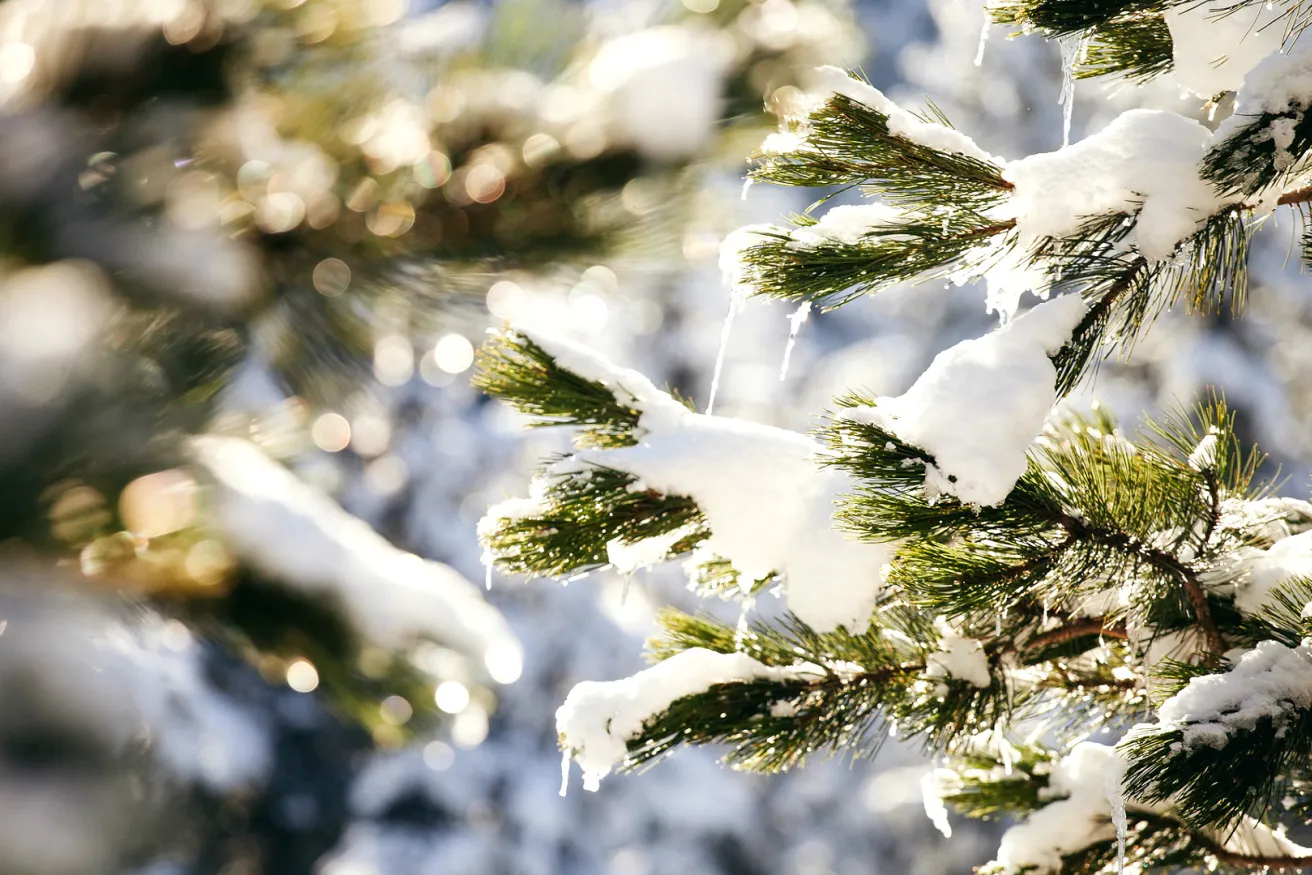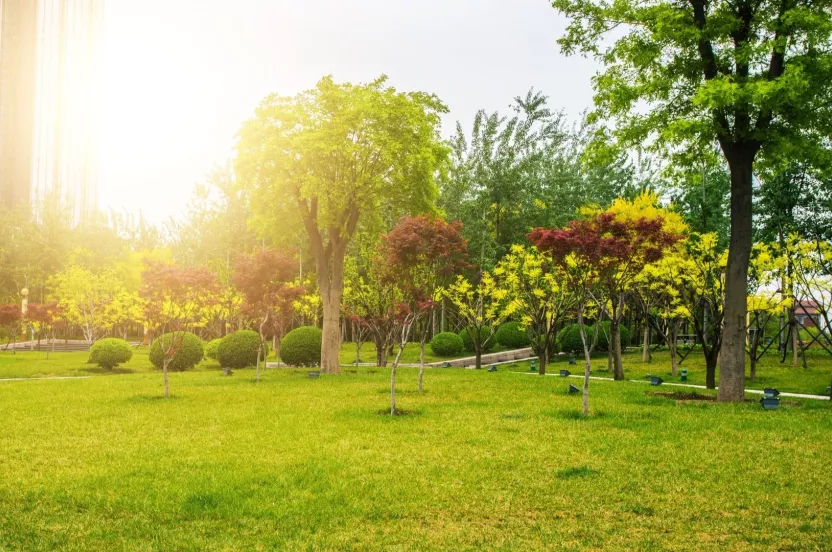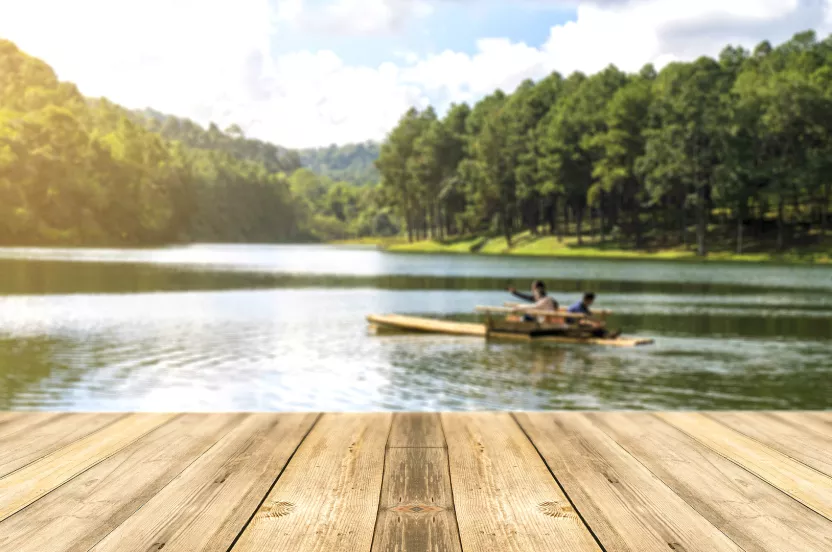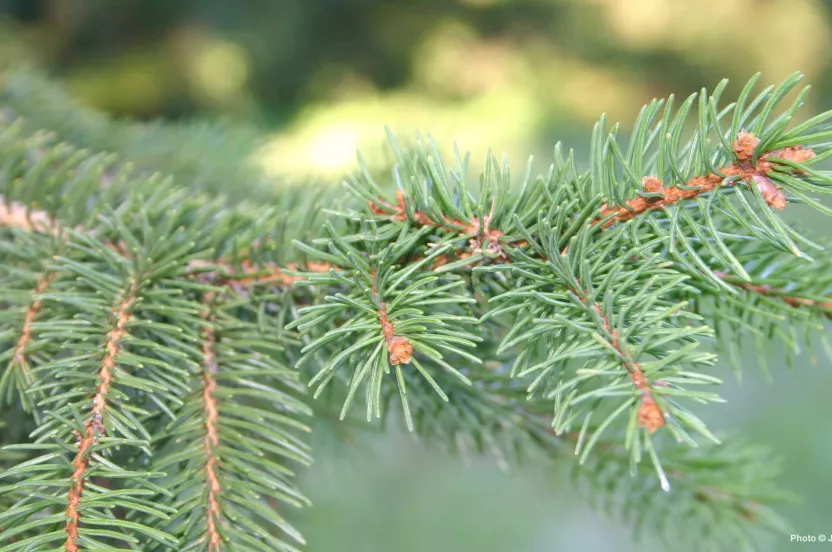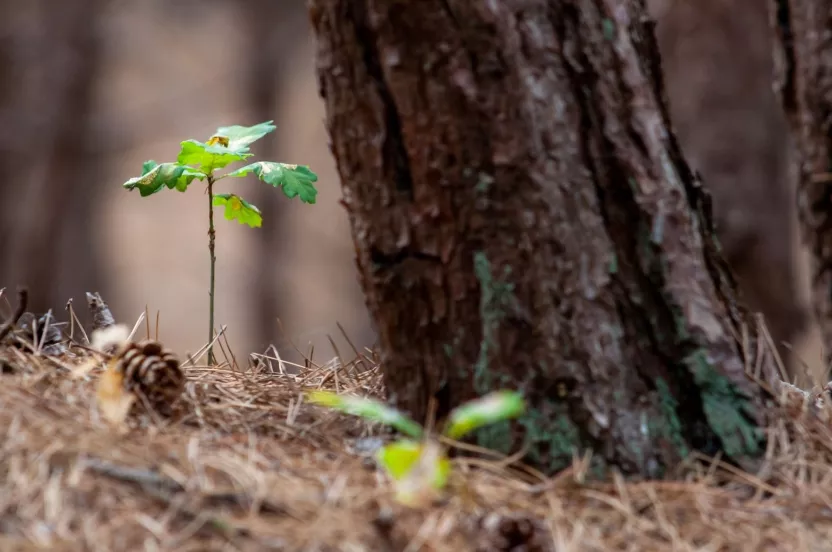Now live: The 2025 Canopy Report. Learn how Americans see trees. GET THE REPORT
How are the plants in your yard looking these days? If you live in the North, as I do, your deciduous trees and shrubs are probably pretty bare. My sweetgum tree, viburnum shrubs and spirea shrubs were some of the last holdouts. Even my neighbor's Bradford pear tree, always one of the last to give up the struggle, has shed the remainder of its tardy but oh-so-brilliant fall foliage.
But not all is lost — well, not if you've had the foresight to plant evergreen trees, that is. They just keep chugging along, oblivious to the changing seasons. Even that Grim Reaper of the seasons, winter, fails to stifle needled evergreens. Old Man Winter meets his match in this Old Man River of the plant world.
It is this quality of persistence for which evergreens are known that earned them an association with immortality. That's right: When we survey the history of the Christmas tree and, more generally, the use of evergreens in winter solstice celebrations, we realize that ancient peoples associated evergreens with immortality. When all other plants appear dead, evergreens live on. Hope springs eternal through evergreens.
We moderns, though we continue the practice to this day, largely fail to recognize the original meaning of displaying evergreens around the winter solstice. For us, decorating with evergreens, such as Christmas trees, is just that, and no more — a matter of decorating. But when our pagan ancestors harvested the clippings of evergreen shrubs this time of year, it was not for purely decorative purposes: They were making a religious statement.
Such was the power of their statement that the "immortal evergreen" worked its way into our dearest Christmas traditions -- pagan baggage and all.
While the Christmas tree is foremost in our Yuletide celebrations, it boasts a strong supporting cast. Not every present lies under the Christmas tree: If the right person walks under it, mistletoe offers some splendid presents of its own! But I'm especially partial to evergreens that do double-duty.
What do I mean? Well, many evergreen shrubs and trees from which we take clippings to create wreaths, garlands, etc. for our homes remain in the yard to furnish the winter landscape, too with color. Boxwood is such a plant.
In the case of yew and holly trees, you get berries to boot. Along with the vine, English ivy, holly is steeped in pagan lore, as is made apparent by the study of the Christmas carol, The Holly and the Ivy.
Even in the modern world, evergreens can serve as a reminder in winter that better times are on the way. And I don't know about you, but around winter solstice time, I can use all the reminding I can get that spring is not just some pie-in-the-sky idea. It's bad enough that I'm deprived of light at this time; evergreens ensure that I won't be entirely deprived of greenery, as well.
Watch Ask an Abrorist: Why Should I Plant Evergreens?
